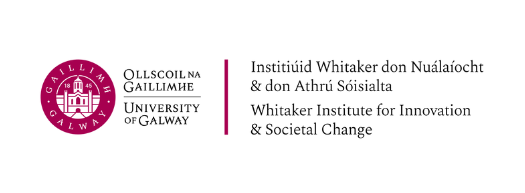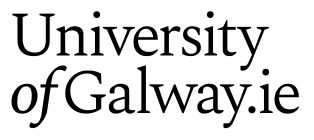Given the rapid spread of the COVID-19 virus, the State has had to respond rapidly and quite severely to flatten the curve and slow the spread of the virus.
This has had significant implications across Ireland on many aspects of life, health, economic and social and has been highly asymmetric with different groups affected in different ways.
Professor Cathal O’Donoghue, Dean of Arts and Social Sciences at NUI Galway, has a new project underway to develop a mechanism to deliver real-time analysis of the economic, social and health implications across the income distribution to facilitate policy making. By modelling household incomes, taxes and benefits, the project will help identify who is most likely to suffer from loss of income, leading to more effective targeting and budgeting of income support measures.
“The intention is to develop a method to deliver real-time analysis of the implications of COVID-19 interventions. This will help us identify who is most likely to suffer from loss of income, leading to more effective/efficient targeting of income support measures and improved cost estimates of these measures,” explains Professor O’Donoghue.
Overcoming time lags
In order to understand how policy, economic and social changes affect people in different ways, household survey data is used.
However there is a time lag of two years between collection and release of household income survey data for research and analysis. In normal times quite a lot happens in a two year period, but in a crisis the changes are so significant that should a lag can mean the data is relatively meaningless.
“Nowcasting”
This project propose to overcome this data gap by developing a “nowcasting” methodology to use more recent data on employment and prices etc to calibrate a simulation model of household incomes, taxes and benefits to produce a real time picture of the population and who is affected differentially — known as microsimulation.
Professor O’Donoghue added: “We will use this model simulate counter factual real-time income distributions as a function of more timely data to predict the economic, social and health distributional impact of the COVID and to assist policy makers to assess the differential impact of the mitigation measures proposed.”
Funded by

Related Publications
O’Donoghue, Cathal & Sologon, Denisa Maria & Kyzyma, Iryna & McHale, John, 2020. “Modelling the Distributional Impact of the COVID-19 Crisis,” IZA Discussion Papers 13235, Institute of Labor Economics (IZA).

